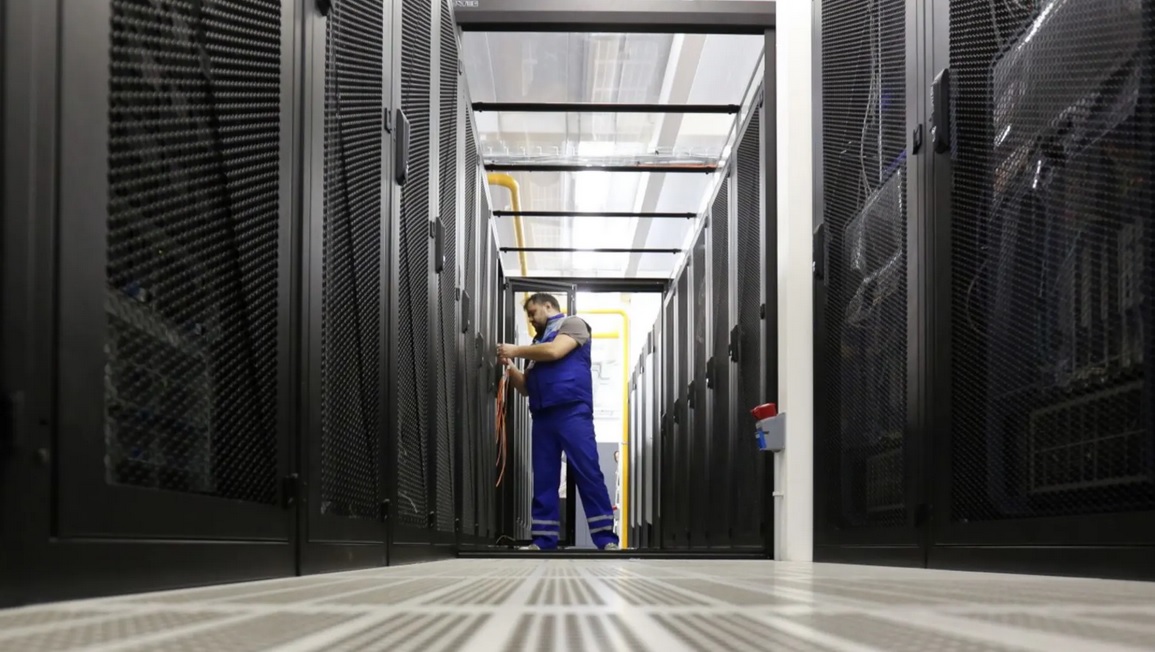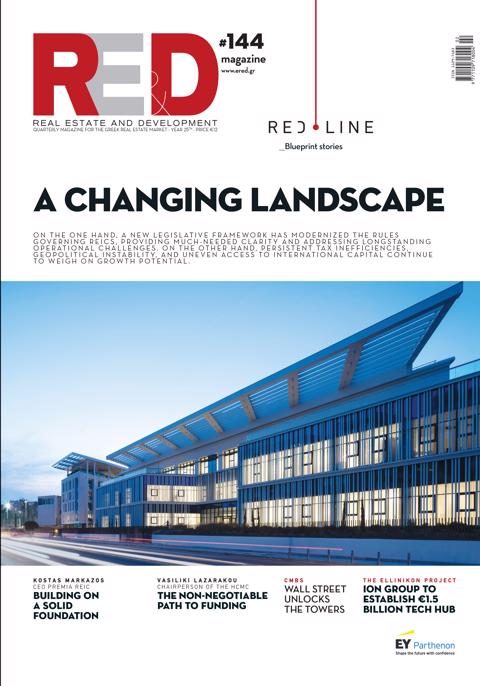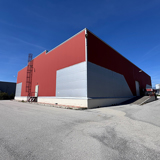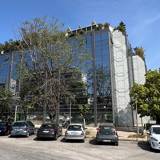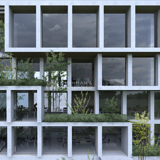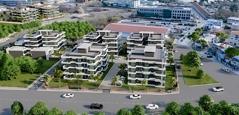However, as noted in a recent Moody’s report, this growth is creating increasing pressures on energy infrastructure, construction costs, and supply chains.
According to analysts, the fundamentals of the sector remain strong despite higher capital expenditures and operational challenges. However, the rapid growth of artificial intelligence is testing the limits of global energy and construction capacity.
The rapid expansion of hyperscale data centers—massive facilities serving major technology corporations—is the main driver of this surge. Most of the new facilities are tailored to AI requirements, with GPU-based architectures that demand significantly higher power and cooling compared to traditional data centers.
Many of these projects are pre-leased to financially strong corporations, which limits investment risk, but costs are rising rapidly due to energy demands. As one Moody’s analyst notes, “The cost of electricity production is far lower than the cost of the data centers themselves and the computing equipment they house.”
To meet demand, hyperscalers are investing in massive energy facilities, with capacities reaching up to 5 GW. Projects such as Meta’s 2 GW data center in Louisiana and the 5.6 GW complex in Wonder Valley, Canada, illustrate the trend of locating infrastructure near low-cost energy sources.
“Brake” on Growth
Delays in grid interconnection make certain regions less attractive for new investment, prompting hyperscalers to pause or postpone early-stage projects. Nevertheless, these projects are not considered high credit risk, as initial costs—mostly covered by the investors themselves—constitute a small fraction of total expenditure.
The market is showing signs of rationalization, with fewer land acquisitions, reduced power requests, and investments in upgrades to existing facilities. Analysts note that strategies vary: some tech giants lease capacity to meet future needs, while others continue building proprietary infrastructure. Smaller tech companies, lacking the financial resources of hyperscalers, prefer renting space and GPUs from specialized colocation providers, avoiding massive fixed investments.
Developer Risks
For real estate developers, the new era of AI data centers entails significant financial risks. Investment requirements are much higher than during previous technological transitions such as cloud or 5G, and uncertainty about future computational needs complicates planning. Facilities designed for a single major client may become obsolete after lease expiration (10–15 years), requiring costly upgrades. Additionally, the expiration of tax incentives could raise costs for tenants, affecting lease renewal decisions. The sudden emergence of the Chinese startup DeepSeek, which trained a powerful AI model with less advanced chips, highlights the risk of technological obsolescence. New hyperscale data centers must support very high power densities—over 200 kW per rack, with some approaching 1–5 MW—thanks to the latest NVIDIA GPUs.
Outlook
Rising U.S. tariffs and geopolitical tensions negatively affect supply chains, causing delays and cost increases. Steel and electrical component prices are rising, leading to contract adjustments and schedule extensions.
Despite these challenges, analysts expect demand to continue growing at an annual rate of 5% to 20% through 2028, depending on the pace of new energy infrastructure development.
The next phase of growth will depend on the industry’s ability to balance expansion speed with sustainability. As AI requires ever more energy and capital, the global data center market is entering an era where innovation, energy efficiency, and financial discipline will determine winners and losers.
